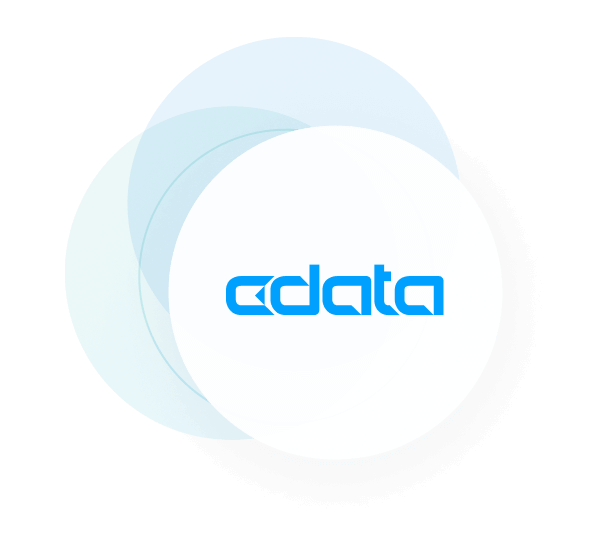MySQL CDC: A Quick Implementation Guide

Today’s data landscape is constantly evolving, making up-to-date databases essential for businesses to operate effectively with near real-time or live data.
This article explores the fundamentals of MySQL Change Data Capture (CDC), guiding users through its implementation, highlighting the benefits of the CDC for real-time data processing, and addressing potential challenges associated with data changes. By providing a detailed overview, this article seeks to help MySQL users improve their data management strategies, ensure data integrity, and contribute to operational efficiency and informed decision-making.
What is MySQL CDC?
CDC is a technique used in relational databases that allows users to track and capture changes in data. MySQL CDC works by tracking changes in the binary log files of MySQL. These binary log files record data modifications such as insertions, updates, and deletions that occur in the database. By reading these log files, CDC can capture the changes in user data.
The captured changes can then be used for various purposes such as data replication, data warehousing, real-time analytics, and more. This allows users to maintain data consistency, integrity, and ensure real-time data availability.
Methods for implementing CDC in MySQL
There are several methods to implement CDC in MySQL. Each method has its advantages and disadvantages, and the choice of method depends on the specific requirements of your use case. Here are some common methods:
Trigger-based CDC
Trigger-based CDC relies on database triggers, which are special procedures that are executed automatically when specific events occur in the database. Triggers are set on specific tables to activate when a data change operation (INSERT, UPDATE, DELETE) occurs. These triggers execute custom logic to capture and transmit the changed data.
- Pros: Benefits of using CDC include real-time processing of events and ease of customization. Triggers enable you to analyze data changes as they happen, providing timely insights. Additionally, triggers can be customized to capture specific changes based on your requirements, offering flexibility and precision in data management.
- Cons: Drawbacks of using triggers include performance overhead and increased operational complexity. Triggers can cause performance overhead because they require multiple writes each time a row is updated, inserted, or deleted. Moreover, managing triggers can add complexity to your database operations.
Query-based CDC
Query-based CDC involves running periodic SQL queries to detect changes in the database. This method retrieves only the rows that have changed since the last extraction. It compares timestamps to identify changes. If the schema holds a timestamp column indicating the modification time of rows, query-based CDC can be implemented without introducing any changes to the database.
- Pros: Query-based CDC is flexible and can work with most databases. It offers ease of implementation, as it can be introduced without requiring any changes to the existing database.
- Cons: It can strain the database by using the query layer for data extraction, leading to additional load on the MySQL database. Frequent queries can further exacerbate this strain. Additionally, query-based CDC requires recurring polling of the monitored table, which wastes resources if there are no data changes.
BinLog for CDC
The MySQL binary log (BinLog) is a file that records all modifications made to the MySQL database. It serves as an audit trail of changes and can be used for various purposes, such as data recovery, replication, and database monitoring.
- Pros: BinLog provides an efficient way to track data changes for MySQL CDC, offering the lowest overhead to individual transactions and the overall system. It typically captures changes in real-time, keeping downstream systems, such as data warehouses, always up to date and enabling event-driven data pipelines.
- Cons: BinLogs are written in a binary format and are not meant to be read directly by humans. However, they can be viewed and analyzed using tools such as the MySQL Binlog utility, which is included in the MySQL distribution. The retention period for change events in Binlog can be set using the
expire_logs_day. However, it is important to note that the retention period is limited and needs to be managed carefully to prevent data loss.
Intelligent change data capture in MySQL with CData Sync
CData Sync leverages the CDC configuration of MySQL and monitors its BinLog changes to replicate data efficiently. By scanning MySQL’s BinLog for events like Insert, Update, or Delete, it extracts changes without querying the source table. It maintains the current log position to resume replication from the last stop, ensuring continuous and accurate data replication.
In addition to MySQL, CData Sync supports unlimited data movement to any transactional database or data warehouse you use, whether it’s on-premises to on-premises, cloud to cloud, on-premises to cloud, or cloud to on-premises.
If you’re looking to enhance operational reporting, connect data to analytics for BI and decision support, or maintain data archives for disaster recovery, CData Sync is the tool for you. Don’t wait—sign up today for a 30-day free trial of CData Sync and experience the ease of high-volume data replication and CDC.
As always, our support team is ready to answer any questions you have. Have you joined the CData Community? Ask questions, get answers, and share your knowledge in CData connectivity tools. Join us!
Explore CData Sync
Get a free product tour to explore how you can get powerful data integration pipelines built in just minutes.





